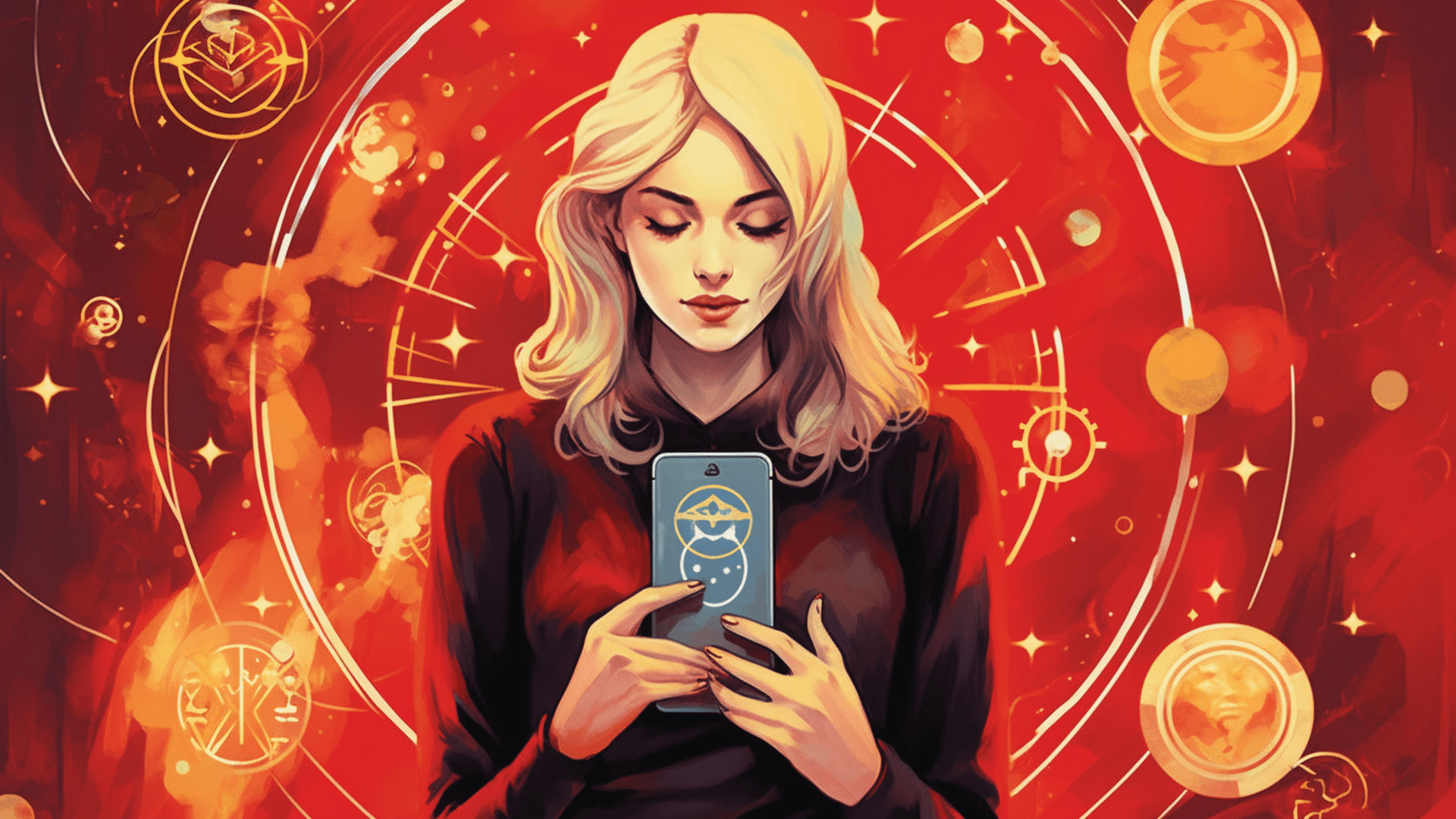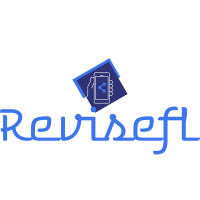Astrology apps utilize AI-powered algorithms and NASA-approved data to provide insights about upcoming days. They also use creative language in their notifications. For instance, when having a bad day, you may receive a message like this: “Remember, being happy always makes you a one-dimensional robot.” Or you can distract yourself by reading an interesting post like “Why are Scorpios attracted to Libras.”
Many people have turned to astrology apps in recent years to fulfill their need for guidance, control, and validation. These apps have become increasingly popular. Whether we approve or not, astrology apps are a popular cultural trend.
The daily messages they provide are not random due to the combination of ancient sky-watching practices and modern technology that developers have infused into them. The clever wording, strategic timing, and user engagement techniques are just bonuses.
Modern technology impact
A natal birth chart is a snapshot of planetary data taken at the time of a person’s birth. Interpretation of this chart is a non-scientific practice of divination that has been used for ages. The chart uses astronomical data like spatial coordinates, local time, and universal time.
If you want an accurate natal chart, you must have the precise date and time of your birth, including the minute, to determine your rising sign. It is also necessary to provide your birth location for further precision. Once you have provided this concrete information, astrology will interpret it within the context of the zodiac’s mythology.
According to astrologer Shelley Ackerman, the publicity director for the International Society for Astrological Research, astrology combines math and myth. Therefore, an excellent astrology app should be based on storytelling and calculations, utilizing charming language, reliable numbers, and technical features.

Apps today rely on artificial intelligence and NASA data to offer precise details about the positions and characteristics of planets. The responsibility for interpreting this data is held by either an AI or a team that combines conventional knowledge with creative writing to develop personalized messages that capture the user’s interest.
Developers design algorithms that leverage AI and real-time information to tailor notifications to individual users based on their specific charts. The success of such apps depends on finding a balance between using unique copy and reliable data while maintaining excellent UX and UI.
Nowadays, customers are more sophisticated, and creating an app that is entirely free of bugs but has uninteresting text is not useful. Similarly, presenting exciting content within a dated UI is annoying.
The key element of personalization
Astro apps stand out because they incorporate a human touch in their writing, which is difficult for AI to replicate despite its ability to write poetry to some extent. These apps have found the perfect balance between randomly generated text and heartfelt messages written by actual people, making them unique.
Content creators are constantly producing zodiac interpretations tailored to the users’ level of knowledge. The more intricate and refined the language and user experience are, the more personalized the content feels.
Astroscopy uses individual birth data to provide personalized insights to users, allowing them to feel seen and connected to something bigger than themselves. In times of chaos and unpredictability, these exclusive insights based on ancient patterns have helped soothe entire communities, as evidenced by monthly downloads. This is why people all over the world are seeking connections that unify rather than divide. The hyper-personalized content should match the user’s personality and be complemented by polished microcopy to ensure a highly targeted experience.
